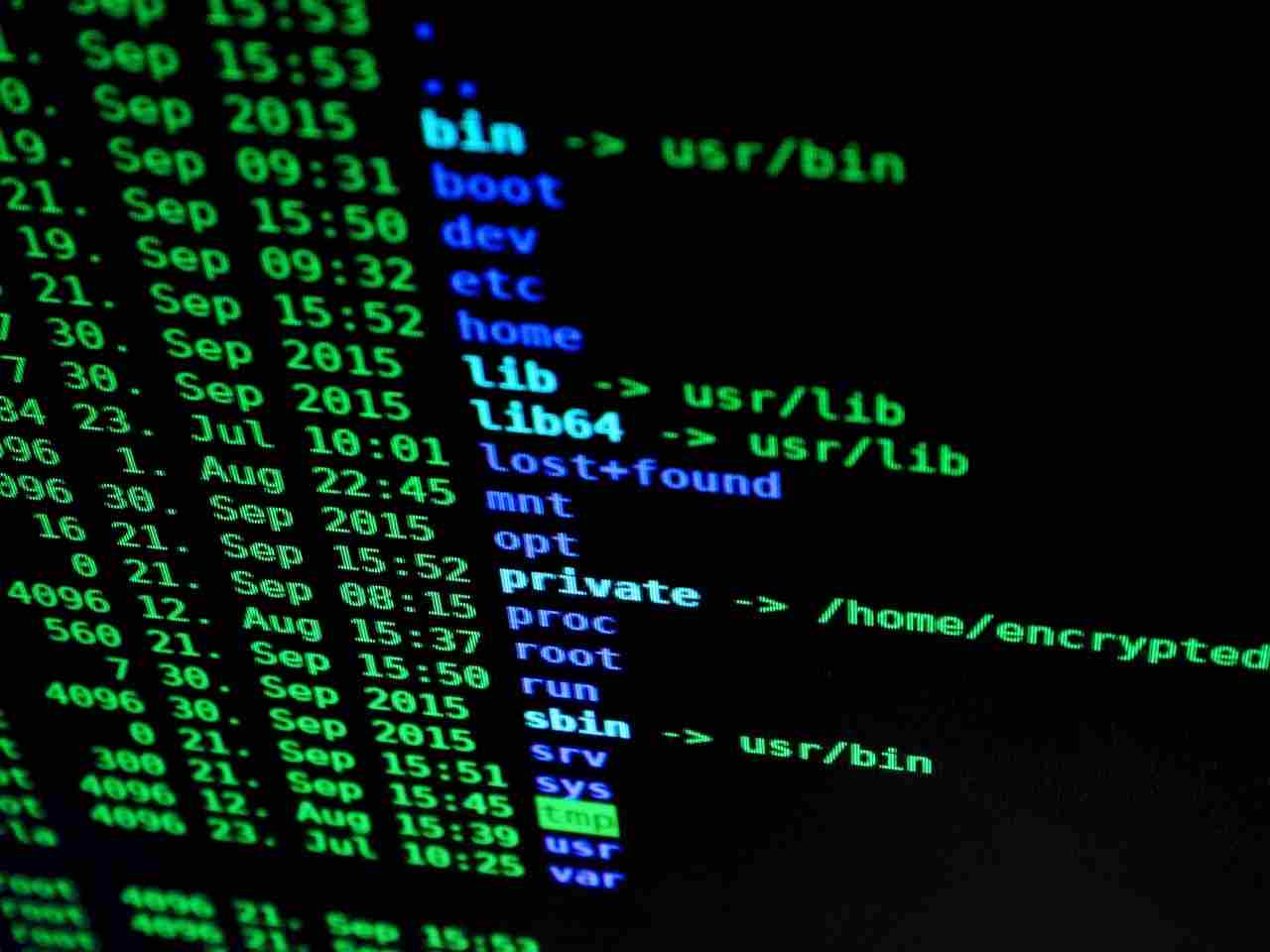


The resilience of security professionals and the behaviors of everyday users combine to form the human element of cybersecurity.
In the world of cybersecurity, the emphasis often lies on advanced technology designed to protect digital infrastructure from external threats. However, an equally crucial and often underestimated factor exists at the heart of all digital interactions: the human mind.
In this article, HOSTNOC will shed light on why psychology is important for cybersecurity.
At the core of every cyberattack is a human, driven not just by technical knowledge but by complex motivations and psychological impulses. Cybercriminals are not mere technologists; they are individuals with specific intentions, convictions and emotions that drive their actions.
One of the most powerful weapons in a cybercriminal’s arsenal is not high-tech malware but the vulnerability of the human mind. Social engineering attacks such as phishing, vishing (voice phishing) and smishing (SMS phishing), exploit non-technical human factors like trust, fear, urgency and curiosity.
Defending against cyber threats requires more than just solid technical expertise; it demands mental resilience, ethical conviction and a keen understanding of human behavior. Cybersecurity professionals work in a high-pressure environment, often responding to breaches in real-time. Resilience allows them to recover quickly, restoring security and learning from incidents to prevent future occurrences.
Creativity and adaptability are equally indispensable. As cybercriminals refine their tactics, security professionals must stay ahead, anticipating potential moves before they occur. Defending against cyber threats is like a high-stakes chess match, where ingenuity and forward-thinking are critical. The most effective cybersecurity teams can innovate solutions that go beyond traditional methods, developing novel countermeasures before an attack materializes.
Ethics also play a defining role. Cybersecurity professionals are entrusted with vast amounts of sensitive data and powerful security tools. Misuse or negligence could result in significant harm. Adherence to a strong ethical code helps cybersecurity professionals navigate the moral complexities of their work while prioritizing user privacy and security.
In the words of former cybersecurity expert and educator Bruce Schneier, “Security is not a product, but a process.” Security professionals must embody this mindset, constantly evolving and adapting to new threats.
An effective cybersecurity strategy does not merely block attacks; it anticipates and adapts to human behavior. Aligning security measures with natural human tendencies can significantly improve an organization’s defenses. Rather than relying on users to memorize overly complex protocols, security measures should be designed to accommodate natural behavioral patterns.
For example, training and awareness programs that integrate psychological insights tend to be far more effective than traditional “box-ticking” sessions. Nudge Theory, which uses subtle prompts to influence behavior, offers a potent alternative. Well-designed training programs can guide employees toward secure behaviors without the need for punitive measures, making cybersecurity practices feel more like a natural part of the workflow.
Creating a culture of psychological safety is also crucial. When employees feel comfortable discussing potential security concerns or mistakes, they are more likely to address vulnerabilities proactively. This “human firewall” effect, where individuals within an organization collectively protect digital assets such as dedicated server hosting and strengthens the overall security posture.
User behavior analytics is a prime example of where technology and psychology converge in cybersecurity. By analyzing behavioral patterns and detecting deviations from established norms, organizations can preemptively identify potential threats. For instance, if an employee suddenly attempts to access restricted files or logs in at unusual hours, it could signal an attempted breach.
This approach is based on the understanding that individuals, even in digital environments, tend to follow predictable patterns. By incorporating human psychology into the detection process, behavioral analytics offers a powerful tool for identifying security risks early, often before they escalate into full-blown incidents.
According to a report, the global cybersecurity market is expected to reach $400 billion by 2027. As organizations continue to invest in technology and buy VPS servers, the fusion of psychology and technology will become an essential part of proactive cybersecurity measures.
Cybersecurity is no longer merely a technical challenge; it is fundamentally a human one. Cybersecurity strategies must blend technological innovation with an understanding of human behavior to create comprehensive defenses. Cybercriminals leverage psychological tactics to manipulate individuals, making a deeper understanding of these methods essential for strengthening defenses.
